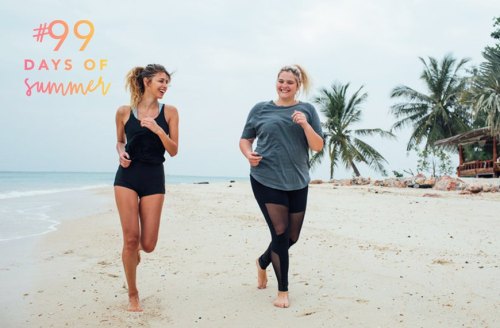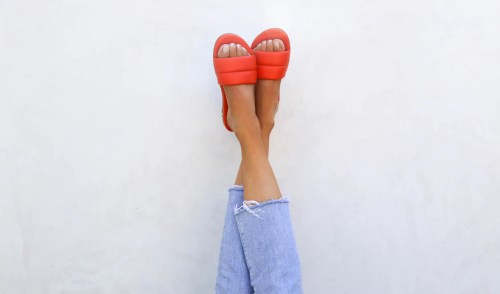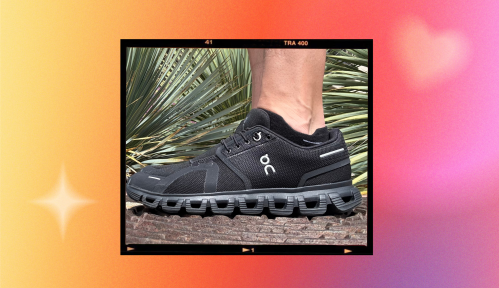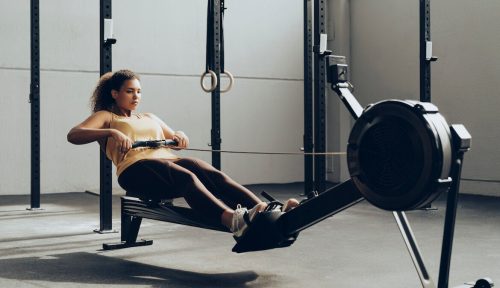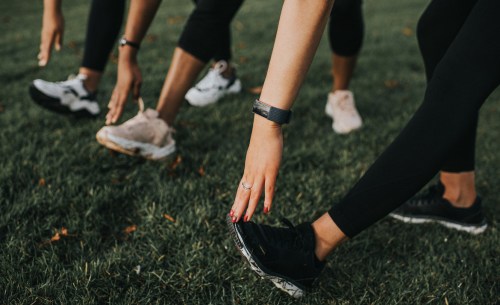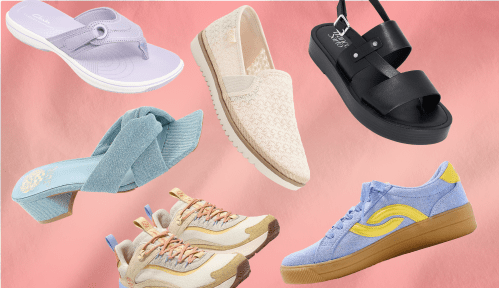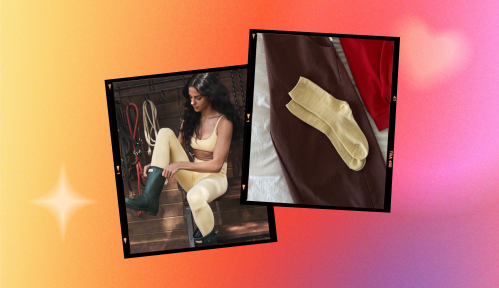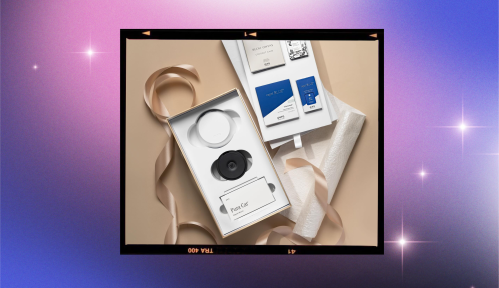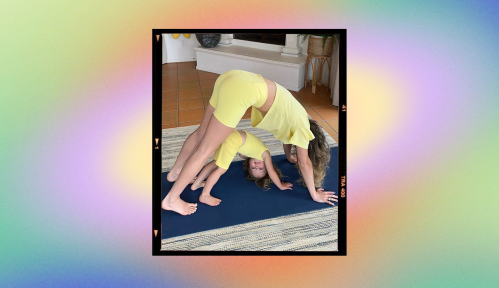Few things beat a summertime beach workout (just ask Halle Berry), but if at some point you hear the siren song of the shoreline begging you to run along it, is it okay to leave your sneakers behind and go barefoot?
The answer, as it turns out, reads like a 2007 Facebook relationship status: It’s complicated. That’s because it really depends on what type of workout you’re looking for, according to Marin Heacock, coordinator at the UCLA Exercise Physiology Research Laboratory. “Running barefoot in the sand will provide more of a strengthening exercise [than running with sneakers], as the body will be over-activating the calf muscles in order to stabilize the foot and pull the toe out of the sand with each stride,” she explains.
Running barefoot in the sand offers up a more challenging workout—but that added intensity can create problems.
New York City-based podiatrist and foot surgeon Yolanda Ragland, DPM, agrees that running barefoot in the sand offers up a more challenging workout—but that added intensity can create problems. “You can wind up spraining your ankle, getting plantar fasciitis, or straining, tearing, or rupturing your Achilles [tendon],” she says, noting that broken shells and other such natural hazards are also a risk. “[Therefore], running with sneakers is best, but you can work up to running without them gradually.”
On the plus side, all barefoot beach runners—experienced or not—can avoid injury by following a few specific guidelines. For starters, Ragland advises running close to the water, where the sand is more stable. She also says to be sure you’ve selected a flat stretch of sand and that your feet are moving on the same plane and not at different angles. (Often, the tide cuts into the beach in a way that creates a slope—you’ll want to run below or above this.)
For newbies, Ragland offers some additional advice: “Always start off running for far less time than you do on normal surfaces or treadmills,” she advises. “Gradually increase your time on the sand by two-to-three-minute intervals per day to acclimate and allow your feet to make muscle accommodations.”
Emily Jackson, creator of the new #GIRLPWR Running Guide, meanwhile, offers a simple, from-experience trick for knowing when to pull back: “If something begins to hurt or feel uncomfortable, stop and assess what your feet are telling you,” she says. They may after all, be saying it’s time for a lightweight sneaker.
Finding the right footwear should be a part of everyone’s fitness goals. Save your soles by figuring out your feet and learning which shoes go with what sports.
Sign up for the Well+Good SHOP Newsletter
Get exclusive deals on wellness, beauty, fitness, and food products that have been hand-picked by our editors.
Got it, you've been added to our email list.
